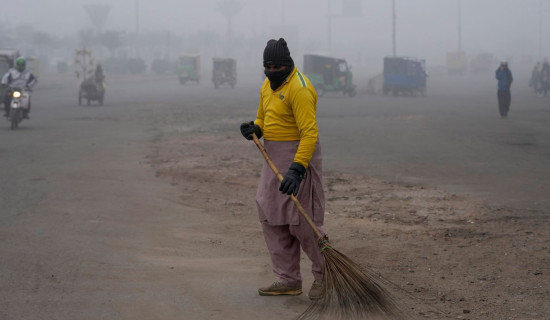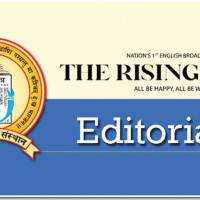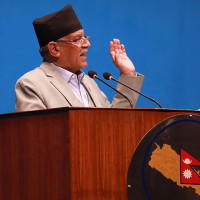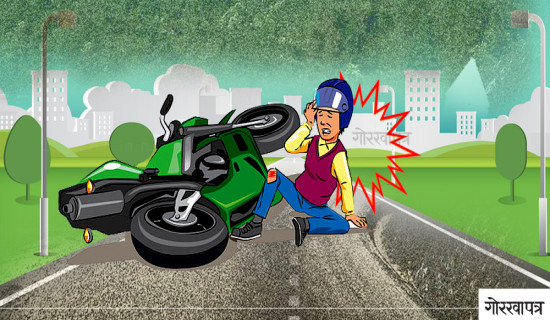- Wednesday, 12 March 2025
Benefit-sharing Model
In today’s era of democracy, it is impossible to begin any development project without the consensus of multiple stakeholders. Such understanding is key to ensuring ownership and success of the project. However, the process of receiving approval from everybody is a tough as they may have different interests. And this process might hamper development activities.
In the latest turn of events, a massive scuffle erupted between the police and the locals in Taplejung. The main matter of contention is the construction of a cable car project in Pathivara, a popular religious site located in Taplejung district. While the private sector and the government see the cable car project’s potential for boosting religious tourism in this area, a group of locals carry a different opinion on this matter. Many argue that the construction will not only cause damage to the environment but also disrupt the religious traditions practised by the Limbu community in the region. Thousands of trees have already been cut down for the cable car project to move ahead.
A 2.7-kilometre cable car was getting constructed from Kaflepati in Phungling Municipality to the temple. The difference in opinions had caused the agitators called “No Cable Car Group” to take part in a series of protests. Firstly, they had caused a transport strike for five days in Taplejung. Later, they had carried out similar protests in nine other districts of Koshi Province. During such a protest, a major clash happened between the group and the security forces, leading to 26 individuals being injured.
Of late, the Ministry of Home Affairs has signed a six-point agreement with the protestors. As per the agreement, the project has been halted for the time being and the transportation strike imposed has been withdrawn. The government has promised to provide free and effective medical treatment to the injured protestors. Besides the usual issue of inadequate financial resources and bureaucratic red tapism, Nepal’s development activities appear to have heavily been influenced by age-old traditions and culture. While traditions and cultures present us with our identity, development too is our need and a persisting reality today. So, it is very challenging for entrepreneurs and other development agencies to strike a balance between the interests of different stakeholders.
Majority of Nepal’s development activities are found being run on an ad hoc basis. Rather than studying potential areas of conflict and taking measures to prevent possible conflicts, we tend to ignore these matters. Such ignorance on the part of the groups results in backfire. Both the project implementers and the locals should be mindful of each other’s needs and try finding a common ground that should be one where development goals are achieved sustainably, without affecting any social and cultural values and beliefs. The country holds a myriad of opportunities when it comes to religious tourism. So, in this regard, while the government should facilitate and address the local people’s concern, there must be some level of flexibility on the part of the agitating group as well.
The protest had a significant impact on farmers and other locals and their economic activities. The people in need of immediate health service, especially a case of a pregnant woman, faced inconveniences. As Nepal heads on the path of development, time and again, we must show flexibility in our approach to development, putting sustainability in priority. Therefore, the nation must focus on better stakeholder engagement and develop benefit-sharing models. Until and unless this does not happen, our development will be limited to protests and agitations.
















